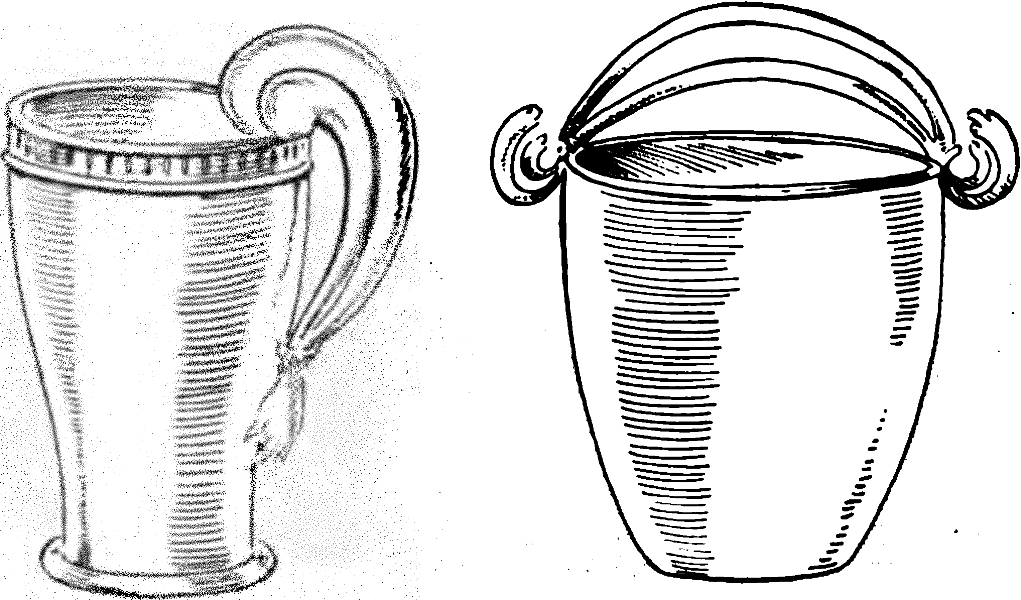<![CDATA[A four-year excavation in Italy by a team of archaeologists has revealed artifacts that span more than 15 centuries of Etruscan, Roman and medieval civilization. The excavation took place at an Etruscan well in Cetamura del Chianti, and was led by M. Lunette Thompson Professor of Classics at Florida State, Nancy de Grummond. Announced at a press conference on July 4, the four-year excavation has turned up 14 Etruscan and Roman bronze vessels, nearly 500 waterlogged grape seeds, and a vast amount of wood from both Etruscan and Roman time periods. The Etruscan well was dug to a depth of about 105 feet. De Grummond believes that the vessels, wood and grape seeds all had to do with wine in some way or the other. The bronze vessels were originally used to store wine, but they were also used to harvest water. De Grummond remarked that these vessels were intricately done. One of the vessels was decorated with figurines of the sea monster Scylla. Another had figurines that were more complex and unknown, with its body of a feline, and face of a human. They were probably modeled on Egyptian sphinxes. The well was dug out of the bedrock of Cetamura. It has three levels: medieval, Roman, and Etruscan, with the latter being the earliest time period. This well was not natural, however, as it depended on rain and human intervention to fill it with water. It is thought to have mostly a religious purpose, based on other finds in the well such as bones of various animals and deer antlers. Researchers believe that it may have been sacred, and that the items found may have been thrown in as a sacrifice. Other offerings to the gods that were found in the well included hundreds of miniature votive cups, bronze and silver coins, and game pieces that also served as luck charms. The grape seeds, however, are described as the most significant discovery of them all. De Grummond states that these waterlogged seeds will provide insight into how the people of ancient Tuscany partook their wine. The seeds were well preserved, allowing for DNA testing and carbon-14 dating. They were often found inside the bronze vessels, which could indicate a religious ritual that is still unknown. The pieces of wood that were found could also have served religious purposes. Like the seeds, the pieces of wood were also very well preserved. Other items were also found in this part of the well, such as bucket parts, a spoon and what seemed to be a toy. De Grummond's team consisted of fellow state academic Cheryl Sowder from Jacksonville University, and Jordan Samuels from Florida State. Other team members hailed from other universities in Italy, the US and Canada. She has been working at the site since 1983, and is one of the lead researchers of Etruscan studies. Her excavations usually provide opportunities for students at Florida State, and many dissertations and theses have been written by students studying Etruscan artifacts.]]>
Fifteen Centuries of History Found in Roman Well
